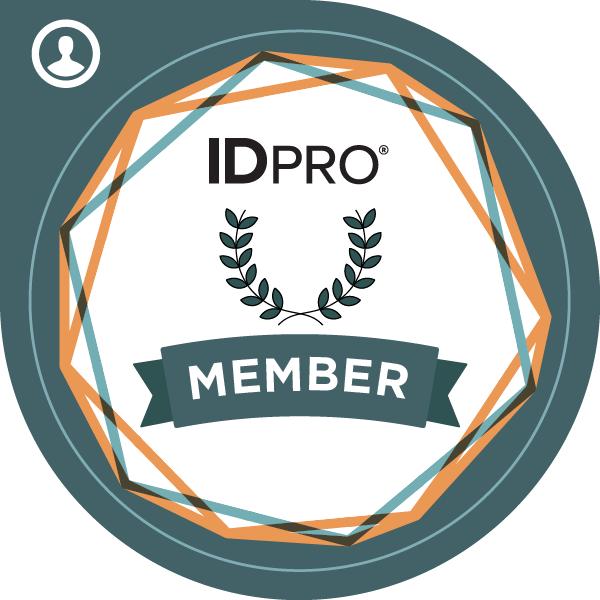
Hello, DevSecOps fans and security buffs! If you’re running a software supply chain in 2025 and still handing out access like it’s free pizza at a team meeting, it’s time to rethink things. The Principle of Least Privilege is your secret weapon for keeping code repositories and CI/CD pipelines safe, but making it work is tricky. Sprawling permissions, fast-paced teams, and tools that don’t always cooperate can leave overprivileged accounts vulnerable to attacks like credential theft or pipeline tampering. The good news? You can secure everything without making your developers’ lives harder.
In this blog, we’ll dive into why locking down access is tough, the risks of getting it wrong, and a simple plan to get it right. I’ve pulled from real-world lessons to share a roadmap that keeps your supply chain safe while letting your team keep rocking. Let’s jump in.
Why Loose Access Is a Big Deal
Picture this: your software supply chain, code repos, build pipelines, and deployment tools are like a bustling kitchen. If everyone has access to every ingredient and burner, things can get messy fast. Developers might have admin rights just in case, or your CI/CD pipeline might have free rein across your systems. That’s a problem. It opens the door to attacks such as pipeline tampering, insider slip-ups, or stolen credentials, causing significant chaos. Rules like SOX, PCI-DSS, and HIPAA promote the principle of least privilege to mitigate these risks, but it’s not always easy. Many tools don’t let you fine-tune access, and managing it manually takes forever, still leaving gaps. This creates a larger target for attackers, slows down your team, and frustrates developers who just want to ship code. In today’s fast-paced DevSecOps world, where speed is everything, sloppy access controls are like a flat tire on a racecar.
Why You Need to Fix This Now
The pressure to tighten access is real, and it’s coming from all sides. Your supply chain spans a ton of tools, repos, CI/CD systems, and cloud platforms, and one wrong setting can expose everything. Teams are more dynamic than ever, with contractors and freelancers joining and leaving fast. Old-school access rules can’t keep up, leaving outdated permissions that hackers love to exploit. Meanwhile, hackers are getting craftier, using automation to find and attack overpowered accounts before you even notice. Plus, regulators are cracking down with tougher audits that demand solid controls. If you’re trying to ship software fast while keeping it secure, loose access is holding you back, and it’s time to act.
A Simple Way to Lock Down Access
So, how do you maintain tight access control without slowing down your team? The trick is to build a system that fits into your developers’ workflow and keeps security first. It starts with smart, automated policies powered by tools such as policy-based access control, automated role management, intelligent workflows, and proxy gateways. Require everyone to request access to repos or tools through a quick approval process, so no one gets in without a green light. Make policies flexible: a manager’s approval might be sufficient for read-only access, but admin rights require additional sign-offs. To avoid bogging things down, use smart workflows to auto-approve low-risk requests based on what similar team members have or how they’ve used access before. Policy-based access control makes real-time calls by checking things like a user’s role or task, ensuring they only get what they need right now.
Keep sensitive code secure by ensuring users only see what they’re authorized to access. Bundle permissions into roles tied to specific jobs, like code reviewer or pipeline operator, and assign them through automated role management tools to avoid giving too much access. Team leads can create these roles to match project needs, but resource owners should always have the final say to keep things in check. For high-risk access, like admin or write permissions, set an expiration date so it doesn’t linger. Low-risk access can stick around longer. To avoid the trap of managers rubber-stamping renewal requests, pair expirations with lightweight review mechanisms, for example, usage-based validation (has the access actually been used?) or automated just-in-time provisioning that grants elevated rights only when needed. This balances thoughtful retention with the speed and agility modern pipelines demand. Proxy gateways double-check everything at the tool level, catching any unauthorized moves before they happen. This setup keeps your supply chain secure while letting your team move fast.
A Three-Part Plan to Make It Work
Here’s a straightforward, three-part system to bring this to life, blending governance, central control, and tool-level security.
First up is Identity and Access Governance. A solid IGA system builds and assigns job-specific roles based on policies. It automatically green-lights low-risk access but requires manual checks for sensitive information. Mixing role-based access control for simplicity with policy-based access control for smart, context-aware decisions gives you flexibility while keeping resource owners in the loop.
Next, a centralized supply chain platform ties everything together. Think of it not just as CI/CD automation, but as a single system that combines repository management, CI/CD workflows, project bundling, and access governance. From one place, admins can create and manage entities required by multiple tools in the supply chain, define approval and visibility policies, and bundle permissions around projects rather than scattered tools. The platform also enforces policy-based access over time, ensuring that access stays relevant as teams and projects evolve. A proxy gateway extends these controls down to individual tools, blocking unauthorized actions in real time and giving developers a single spot to request access or check pipeline status. This fills in the gaps where point tools fall short.
Finally, lock down your tools, like repos or CI/CD systems, so they only allow actions approved through the central platform. This prevents anyone from sneaking around policies or exploiting weak spots, maintaining tight control across the board.
Dealing with Real-World Hiccups
Getting least privilege right isn’t always smooth. New systems can throw developers for a loop, so clear training and a gradual rollout are key. Start with your power users to iron out kinks and get buy-in. Allowing teams to create their own roles enhances flexibility, but it can lead to overlap. To maintain organization, have resource owners approve all roles. Some tools don’t offer fine-tuned controls, but your platform’s gateway can enforce policies at a deeper level to fix that. Keeping the central platform running takes work, so build it to handle tool updates on its own to save your team headaches. Policies can get stale or clash, so review them regularly and use automation to spot issues early. Planning for these bumps keeps your system running smoothly.
Wrapping It Up: Security That Fuels Your Team
In today’s high-pressure software supply chain, least privilege is a must-have. Overpowered accounts are an open invitation for trouble, but you don’t have to slow your developers down to fix it. With smart policies, a centralized platform, and locked-down tools, you can protect your supply chain and keep things moving. Try starting with a key repo or pipeline, see how it goes, and scale up from there. If you’re tackling this at work, share your thoughts or reach out. Let’s swap tips on making least privilege work for you.
Disclaimer: The views expressed in the content are solely those of the author and do not necessarily reflect the views of the IDPro organization.
About Author
VATSAL GUPTA is a cybersecurity leader with 13 years of experience in identity and access management (IAM). He currently works at Apple and has previously held roles at Meta and Pricewaterhouse Coopers (PwC), advising Fortune 100 companies on securing complex digital ecosystems. Gupta specializes in building scalable, artificial intelligence (AI)-driven identity solutions. He is an active contributor to IDPro and a senior member of the Institute of Electrical and Electronics Engineers (IEEE), and he also serves on technical committees for leading cybersecurity conferences. His research focuses on AI, large language models (LLMs), and policy-based access controls (PBAC) to modernize IAM and enhance threat detection.





